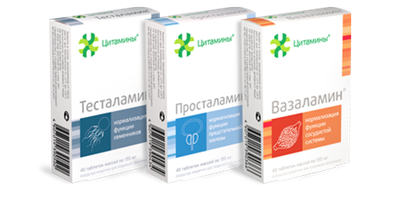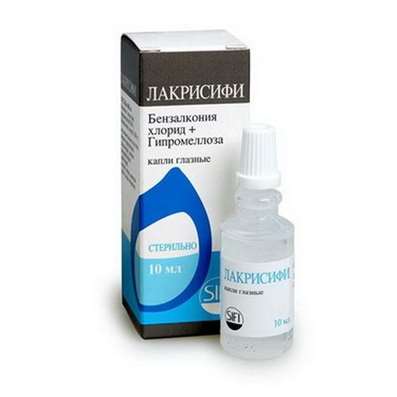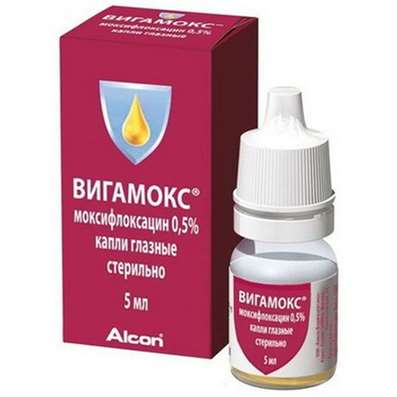Instruction for use: Bilastine
I want this, give me price
Latin name of the substance Bilastine
Bilastinum (genus. Bilastini)
Gross formula
C28H37N3O3
Pharmacological group of the substance Bilastine
H1-Antihistamines
The nosological classification (ICD-10)
H10.1 Acute atopic conjunctivitis: Allergic conjunctivitis; Allergic eye diseases; Allergic conjunctivitis; Allergic conjunctivitis caused by chemical and physical factors; Allergic rhinoconjunctivitis; Allergic inflammation of the eyes; Spring Qatar; Spring keratitis; Spring conjunctivitis; Conjunctivitis allergic; Year-round allergic conjunctivitis; Exacerbation of pollinosis in the form of rhinoconjunctival syndrome; Acute allergic keratoconjunctivitis; Acute allergic conjunctivitis; Superficial bacterial infection of the eyes; Rhinoconjunctivitis; Seasonal allergic conjunctivitis; Seasonal conjunctivitis; SENSORY; Chronic allergic keratoconjunctivitis; Chronic allergic conjunctivitis
J30.3 Other allergic rhinitis: Allergic rhinitis year-round; Allergic rhinoconjunctivitis
L50.9 Hives, unspecified: Chronic recurrent urticarial; Acute urticaria
CAS code
202189-78-4
Pharmacology
Pharmacological action - Anti-allergic, H1-antihistamine.
Pharmacodynamics
Antihistamine long-acting drug, selectively blocks peripheral H1-receptors.
A significant therapeutic effect is observed 1 h after administration, the antihistamine action persists for 24 h.
Perhaps a slight penetration of bilastine through the BBB, but it does not have a significant effect on the central nervous system and does not cause sedation.
Does not have an anticholinergic effect.
Pharmacokinetics
Suction. After oral administration, bilastine is rapidly absorbed from the digestive tract. Tmax is 1.3 hours. The bioavailability of bilastine upon ingestion is 61%. Simultaneous food intake reduces the bioavailability of bilastine by 30%. Cumulation is not observed. Connection with blood plasma proteins - 84-90%.
Metabolism and excretion. Bilastine is metabolized insignificantly, after a single application up to 95% of the accepted dose is excreted unchanged by the kidneys (28.3%) and bile (66.5%). T1 / 2 averages 14.5 hours.
In the case of renal insufficiency, the mean (GFR 30-50 ml / min / 1.73 m2) and severe (GFR <30 ml / min / 1.73 m2), the rate of elimination of bilastine slows down, which can lead to an increase in the concentration in the blood plasma. The change in pharmacokinetic parameters does not affect the safety profile, because The concentration of bilastine in the blood plasma in patients with renal insufficiency remains within the permissible values.
With hepatic insufficiency, clinically significant changes in pharmacokinetic parameters do not occur; Bilastine is slightly metabolized in the liver.
The pharmacokinetic parameters of bilastine in elderly patients are similar to those in young patients.
Application of the substance Bilastine
Allergic (seasonal and year-round) rhinoconjunctivitis - elimination or alleviation of symptoms (sneezing, nasal congestion, itching of the nasal mucosa, rhinorrhea, burning sensation and itching in the eyes, red eyes, lachrymation); Urticaria - elimination or reduction of itching, rash.
Contraindications
Hypersensitivity; Pregnancy and breastfeeding; Age up to 12 years (efficacy and safety not established).
Application in pregnancy and breastfeeding
The use of bilastine during pregnancy is contraindicated due to the lack of clinical safety data.
In connection with the lack of data on the penetration of bilastine into breast milk, if it is necessary to use it for the duration of admission, breastfeeding should be discontinued.
Side effects of Bilastine
Possible side effects, listed below, are grouped according to the frequency of occurrence: very often (≥1 / 10); Often (≥1 / 100, <1/10); Infrequently (≥1 / 1000, <1/100); Rarely (≥1 / 10000, <1/1000); Very rarely (<1/10000), including individual messages.
From the digestive system: infrequent - dryness of the oral mucosa, diarrhea, dyspepsia, gastritis, abdominal pain, pain in the upper abdomen, unpleasant sensations in the stomach, nausea.
From the skin and subcutaneous tissues: infrequently - itchy skin.
From the nervous system: often - drowsiness, headache; Infrequently - dizziness.
Disorders of the psyche: infrequently - anxiety, insomnia.
From the side of metabolism: infrequently - increased appetite, weight gain.
From the side of the organ of hearing and labyrinthine disturbances: infrequently - noise in the ears, vertigo.
From the respiratory system, chest and mediastinum: infrequently - shortness of breath, dryness of the nasal mucosa, unpleasant sensations in the nose.
On the part of the CVS: infrequent - blockade of the right leg of the fasciculus, sinus arrhythmia, prolongation of the QT interval on the ECG, other changes on the ECG.
Infectious and parasitic diseases: infrequently - herpetic damage to the oral cavity.
Other: infrequent - thirst, increased fatigue, asthenia, fever, increase in the concentration of triglycerides in the blood plasma, an increase in the concentration of creatinine in the blood plasma, increased activity of liver enzymes (AST, ALT, GGT).
Interaction
With the simultaneous use of bilastine with ketoconazole or erythromycin, the AUC of bilastine increased 2-fold, and Cmax-2-3-fold.
With the simultaneous use of bilastine in a dose of 20 mg and diltiazem in a dose of 60 mg Cmax bilastin increased by 50%. Such effects can be explained by interaction at the level of carrier proteins (including P-gp), responsible for excretion of drugs from intestinal cells, the substrate of which is bilastine. With the simultaneous use of bilastine and other drugs that are substrates or inhibitors of P-gp (eg, cyclosporine), the concentration of bilastine in the blood plasma can increase.
Grapefruit and other fruit juices reduce the bioavailability of bilastine by 30%. This interaction is due to the ability of fruit to suppress the activity of the carrier protein of organic anions OATP1A2, for which bilastine is a substrate. Drugs that are substrates or inhibitors of OATP1A2 (eg ritonavir or rifampicin), can reduce the concentration of bilastine in the blood plasma.
Bilastine does not enhance the effect of ethanol on the central nervous system.
With the simultaneous use of bilastine and lorazepam, there was no increase in the effect of lorazepam on the CNS.
Overdose
Symptoms: when using bilastine in a dose exceeding the recommended 10-11 times, side effects occurred in 2 times more often than with the use of placebo. Most often there was dizziness, headache, nausea. Serious side effects, incl. Significant elongation of the QT interval was noted.
Treatment: symptomatic and supportive therapy. There is no specific antidote.
Routes of administration
Inside.
Precautions for the substance Bilastine
In patients with moderate renal insufficiency (GFR 30-50 mL / min / 1.73 m2) and severe (GFR <30 mL / min / 1.73 m2), concurrent use with P-gp inhibitors can lead to an increase in bilastine concentration in Plasma, which increases the risk of side effects. Therefore, in patients with moderate to severe renal insufficiency, care should be taken when using bilastine with P-gp inhibitors (eg, ketoconazole, erythromycin, cyclosporine, ritonavir, diltiazem).
Influence on the ability to drive vehicles, work with mechanisms. In a study conducted to evaluate the effect of bilastine at a dose of 20 mg on the ability to drive vehicles, no adverse effect was observed. However, patients should be warned that in very rare cases dizziness and drowsiness may occur, which in turn may affect the ability to drive vehicles or perform other activities requiring increased concentration. When these undesirable phenomena appear, one should refrain from performing these activities.

 Cart
Cart





